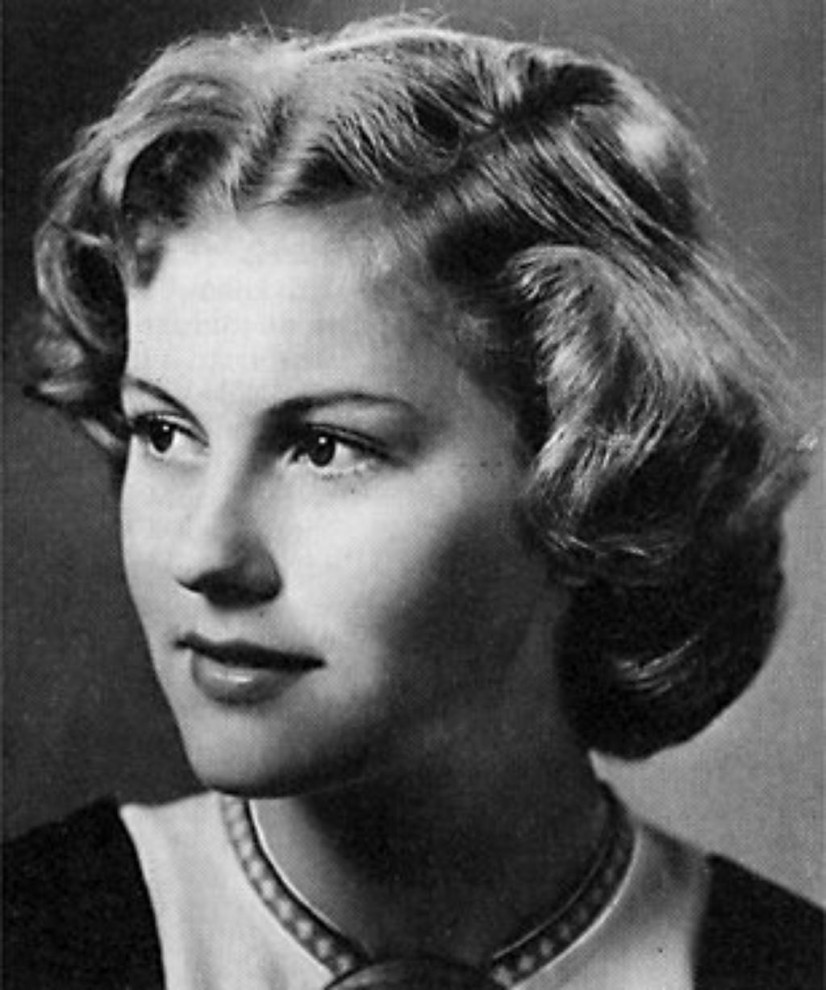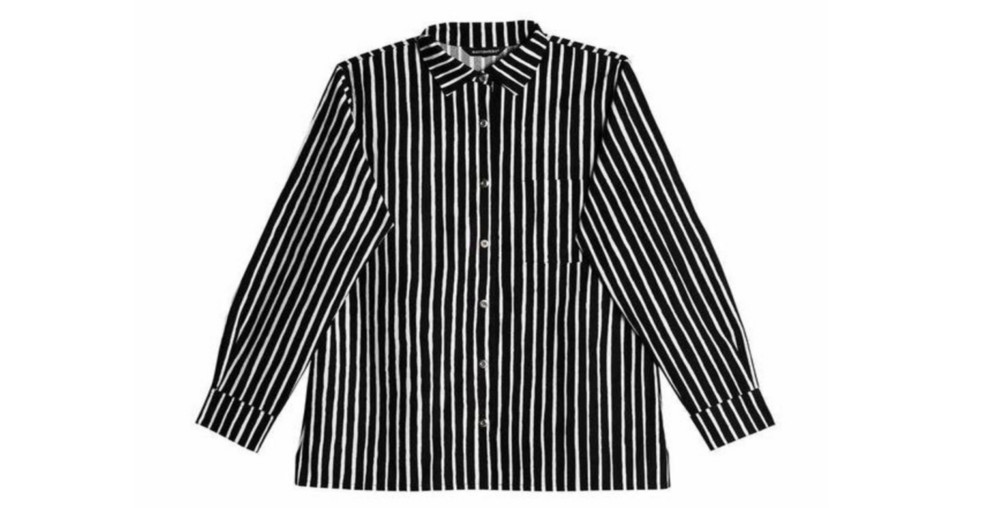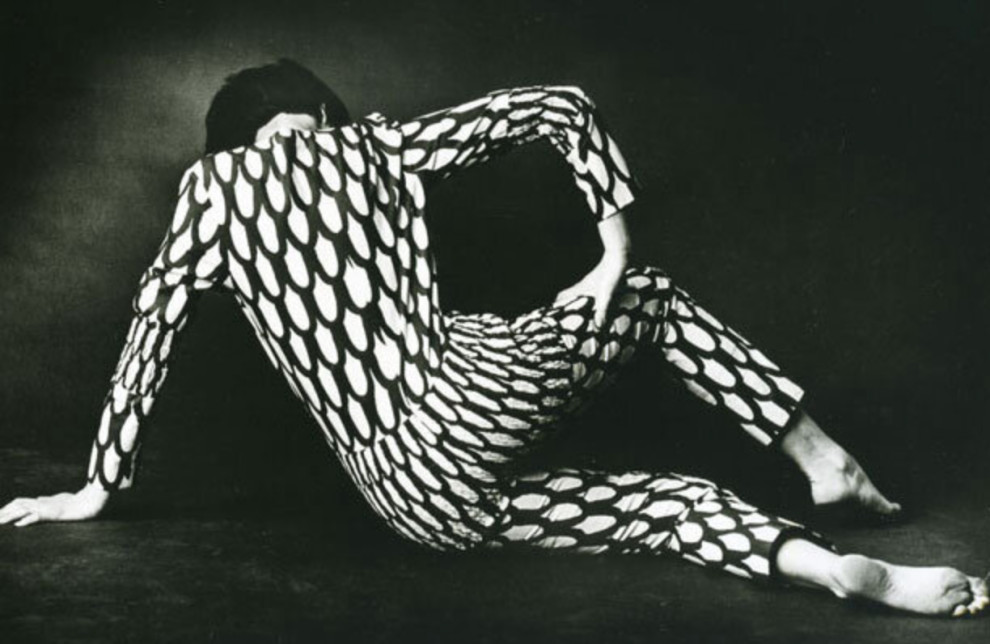Form & Fashion Finland 100 Years of Independence 1917 - 2017

Armi Ratia (1912-1979) was born in Karelia, Eastern Finland - now part of Russia. She studied in Helsinki and graduated as a textile designer in 1935. During her studies, the country was on its knees by war and hardship, with sombre grey as the tune of the day (Finland then had about 3,7 million - now 5.5million).
Once graduated, legend goes, Armi declared: “I am not a soldier, nor a general to be able to serve my country. I am only a textile designer but with this weapon, I can produce colour to lift the spirit of my people. “
A bold statement, even bolder when put to action. To start with, she did not have the funds to purchase fabrics for her print ideas, so she decided to go to the Finnish army, asking if they had old bed-sheets to be discarded, she could use. They did, and so Armi got her first pile of cloth. It provided freedom to experiment with colourful prints, ultimately later birthing the idea of Marimekko.
Armi started with the company Printex whose modern textiles were admired by the Finns, but few knew what to do with the new patterns. So Armi and Viljo, her husband, organised a fashion show, to demonstrate how the textiles could be used for clothes. It all started at Printex, then came Marimekko.
Marimekko’s first fashion collection was designed by Riitta Immonen, who made use of print patterns from different Finnish artists, including the starting print designer Maija Isola. The first fasion show was held at the Kalastajatorppa hotel in Helsinki in May 1951. The audience, much starved of anything invigorating and new, was enthralled by the colourful patterns and clean cuts. The clothes were sold almost right off the models’ backs. A few days after the show, Marimekko was officially registered as a company. The first Marimekko shop opens in Helsinki the following year.
Marimekko was founded on the 25th of May 1951. The logo was born in 1954 by using the typography of an Olivetti typewriter, all in lower case, m a r i m e k k o.
For a nation struggling with scarcity and greyness long after the second world war, Marimekko was like a gift, a source of colour and joy. It was welcomed with open arms by people who where embracing the hope these intense colours brought with them.
At the time, the significance of the strive, finding new living solutions was the ambition for creating a more socially equal society. The designer was not celebrated like God descended to earth, but the search for everyday design was a simple need to find a social and political structure, helping to eradicate poverty, bringing more social equality. Breaking with traditional bourgeois convention of how people where supposed to live, was part of the idea, finding new ways to conduct everyday life, was a mission. Like every ground breaking design, it is significant because it helps materialise new ideas, beneficial to society.
Another important figure in the search for the 'new' was Vuokko Eskolinen Nurmesniemi - in short Vuokko, who did for Finnish women what Coco did for France. To summarise in short, the driving idea was, one should be able to move freely in one's clothes, making it an ambition at the time. Funny how such essential quest shaped the idea of 'the new'. Alongside her radical loose-fitting dress designs, Vuokko created one of the most enduring Marimekko classics, the unisex Jokapoika (every-boy) shirt in the striped Piccolo pattern which has been in continuous production ever since. Now, this is how fashion wins through time, ever relevant, ever up-lifting. Vuokko later started her own design business under the simple name Vuokko, a business still alive and kicking today.

Maija Isola, a young designer who travelled to the continent of Africa in the mid 50's, a bit unusual for the time, brought back bold colour ideas in large scale patterns, something radical and unusual for a western eye at the time. Maija created instant print classics such as the much copied Unikko flower, again in ongoing production through the years and continued through her life to produce 500 patterns for Marimekko, an extraordinary portfolio of work, not mastered by any other print designer ever.

Towards the end of the decade, the story of Marimekko began to spread across the seas, first it reached Sweden and soon after the United States, mainly through Jaqueline Kennedy. During the presidential election campaign, Mrs. Kennedy found the bright, simple Marimekko dresses in a small shop in Cape Cod where the Kennedy’s holidayed. She purchased the entire collection and won the hearts of the people. The fresh, new unconventional look gave her a more approachable appearance, helping to visually support Kennedy's democratic manifesto.
Armi was a trailblazer creating through Marimekko a way of life, an attitude, a phenomenon, embracing both the everyday and the extraordinary, always relevant for all ages and still so today.

The spirit of Marimekko is reflected in the Finnish design at large, in a country where the history of design is as present today as always, through ever new contributions, looking to make the everyday flow with ease.
Image above illustrate Marimekko design 1962.
